Our current exhibit, Charles M. Russell: Storyteller Across Media, focuses on all the different art forms through which the artist communicated a story in his work. One of the common narratives in Russell’s art is that of the relationship between Indigenous people of the Great Plains and the American bison. (Note: while bison is the scientific name, buffalo is the more familiar term used today.)
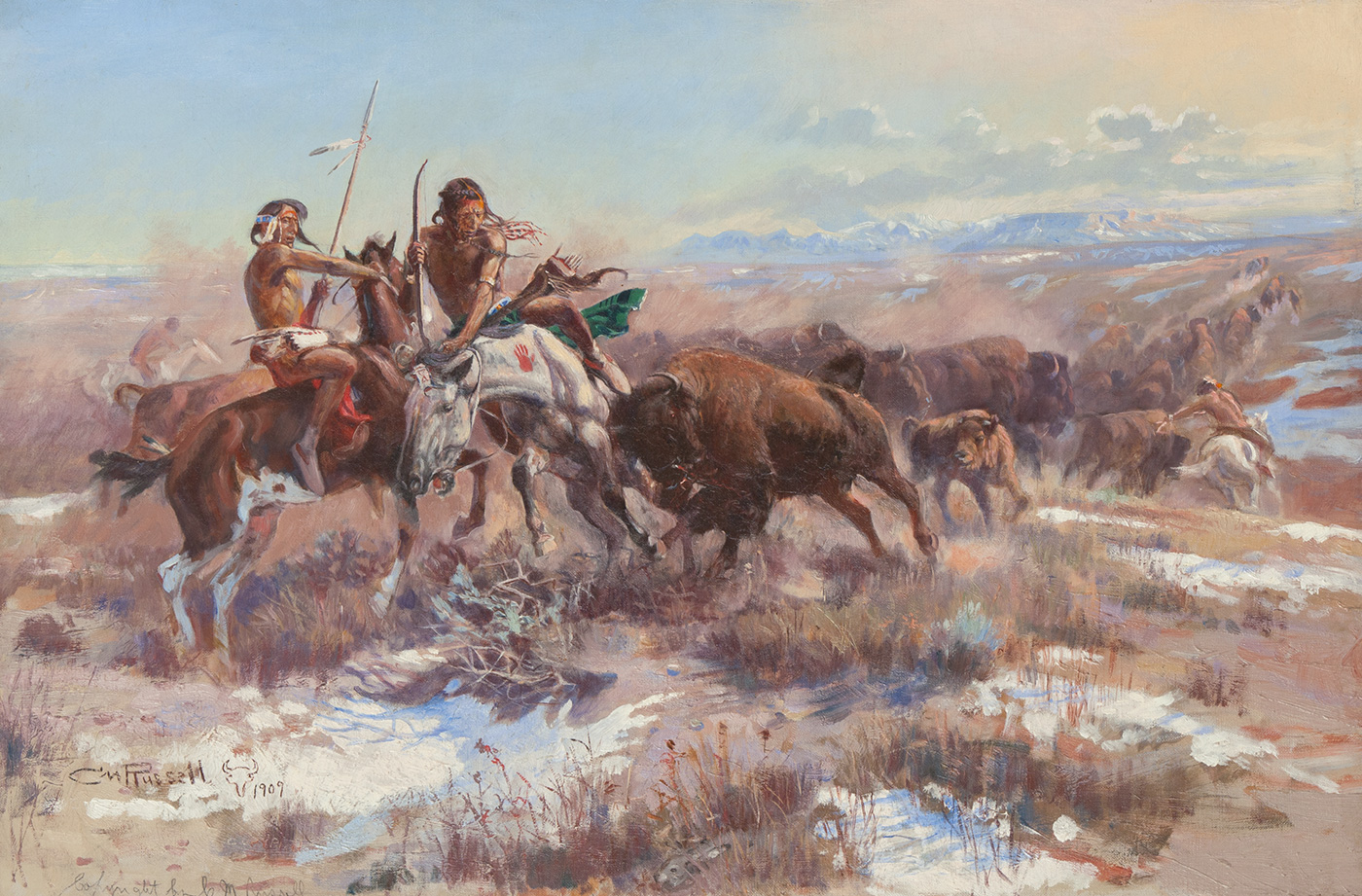
Charles M. Russell | Wounded (The Wounded Buffalo) | 1909 | Oil on canvas | 19.975 x 30.125 inches
What does that relationship look like today?
A great example is taking place here in the Lone Star State. In 2021, Lucille Contreras, enrolled member of the Lipan Apache Band of Texas, formally founded the Texas Tribal Buffalo Project (TTBP), a non-profit dedicated to the developing relationship of the Iyanee’/ Buffalo and reconnection and healing of generational trauma of the Lipan Apache and other Indigenous communities and tribes in Texas. TTBP is working to honor their ancestors and inspire a reclamation of Lipan Apache language, traditional food, and other cultural practices through restoration of their relatives, the American buffalo, on their homelands in south central Texas.
“I feel the buffalo are medicine and I know that if we are good caretakers to buffalo then we in turn are taken care of by the buffalo, mentally, physically and spiritually.”[1]
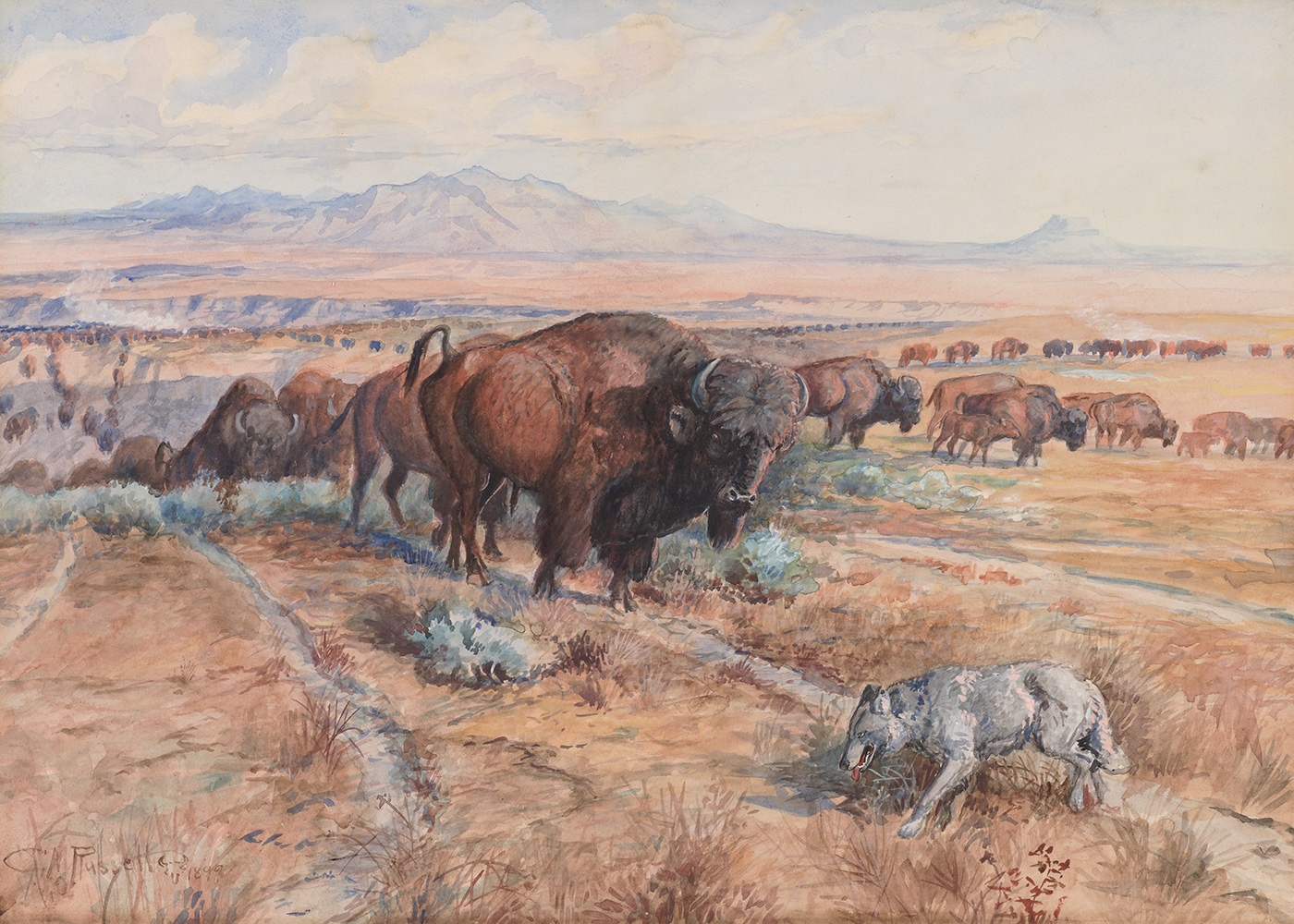
Charles M. Russell | Guardian of the Herd (Nature’s Cattle; Buffalo Herd; Before the White Man Came) | 1899 | Watercolor, pencil & gouache on paper | 20.625 x 29.125 inches
The Lipan Apache were historically based around Central Texas, the easternmost band of the Apache. They followed the American buffalo along the plains in Central and South Texas until colonial settlers took their homelands and forced the Lipan band towards the Rio Grande. Today, though the tribe is recognized by the state, they have not received federal recognition so there is no reservation, and many people with Lipan heritage are scattered across the state. Today, two major Lipan Apache groups have thousands of members: the Lipan Apache Band of Texas, based in Brackettville, and the Lipan Apache Tribe of Texas, based in McAllen.[2]
Originally from San Antonio, Contreras learned about ranching American buffalo while working on the Pine Ridge Lakota Reservation in South Dakota where she studied with the Knife Chief Buffalo Nation Society. Inspired by this project of the Oglala Lakota, Contreras applied for the U.S. Department of Agriculture assistance, eventually securing a Beginning Farmer and Rancher loan. With that loan and support from other organizations, she was able to acquire 77 acres in Waelder, Texas and worked with groups like Tanka Fund and The Nature Conservancy to place American buffalo on the land.[3]
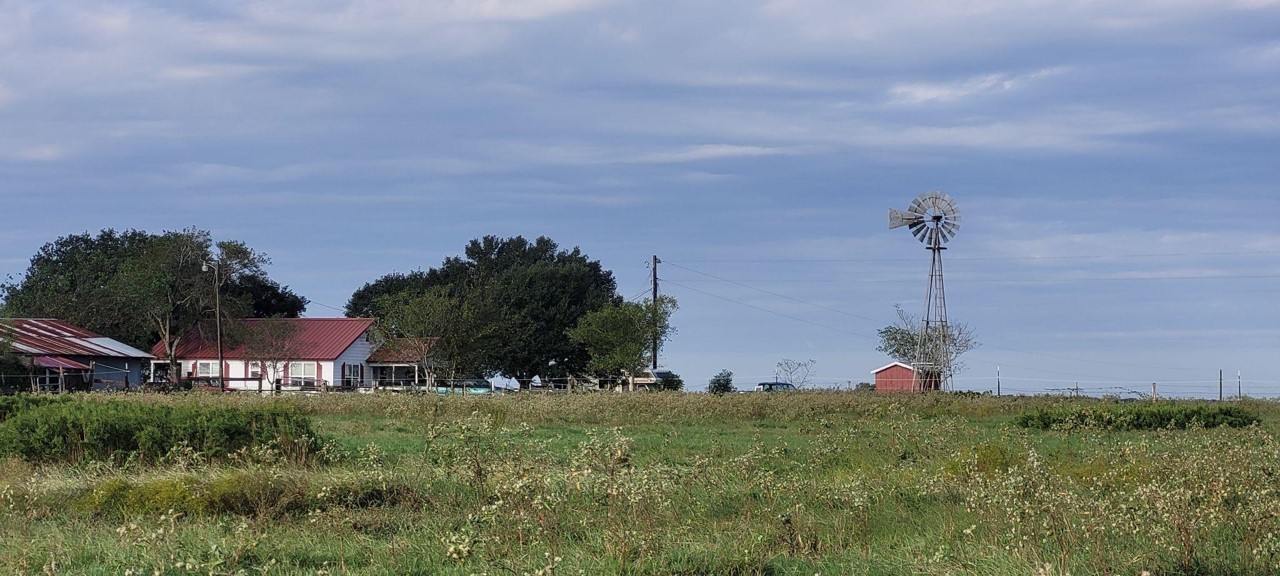
View of the Texas Tribal Buffalo Project ranch
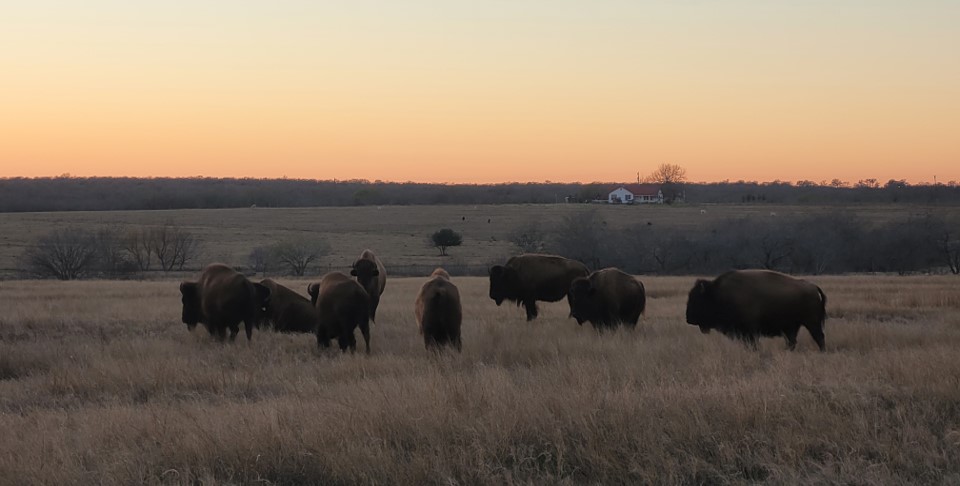
Buffalo on the ranch managed by the Texas Tribal Buffalo Project
Today, TTBP has 20 American buffalo in its herd and has embarked on many community projects like summer youth camps and Farm2School partnerships with a couple of local school districts. There are many more aspirations for the future such as creating an Indigenous curriculum, conducting an Indigenous specific food and wellness feasibility study, as well as acquiring more land for the bison.
You can learn more about Texas Tribal Buffalo Project from a recently recorded lecture by the CEO and founder, Lucille Contreras.
[1] Cristián, Reza, “The Return of Buffalo in Texas, Providing Medicine to the Land,” The Sustain Mag, https://www.sustainthemag.com/culture/texas-tribal-buffalo-project
[2] Baddour, Dylan, “Labeled ‘Hispanic,’” Texas Observer, https://www.texasobserver.org/labeled-hispanic/
[3] Baddour, Dylan, “Coming Home,” The Nature Conservancy, https://www.nature.org/en-us/magazine/magazine-articles/texas-buffalo-project/



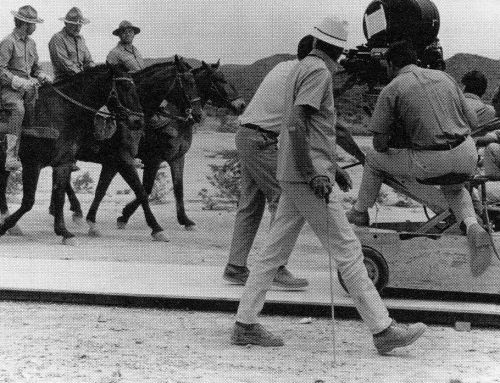
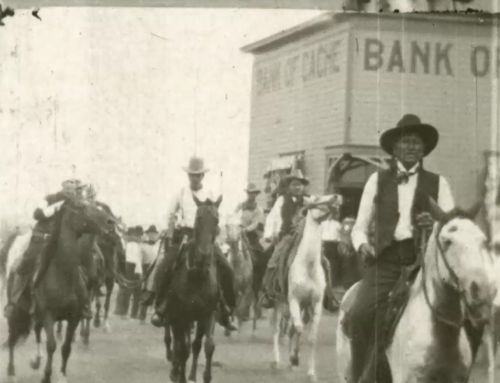
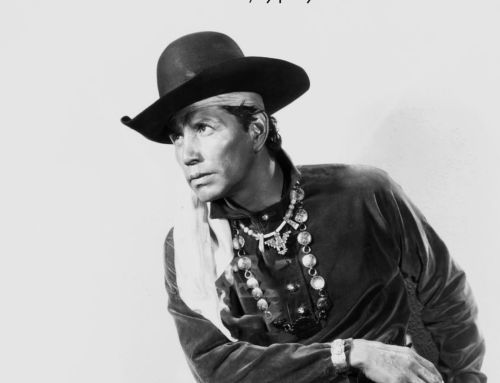
Leave A Comment